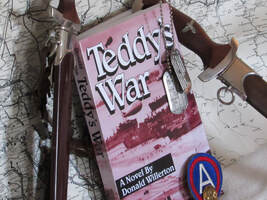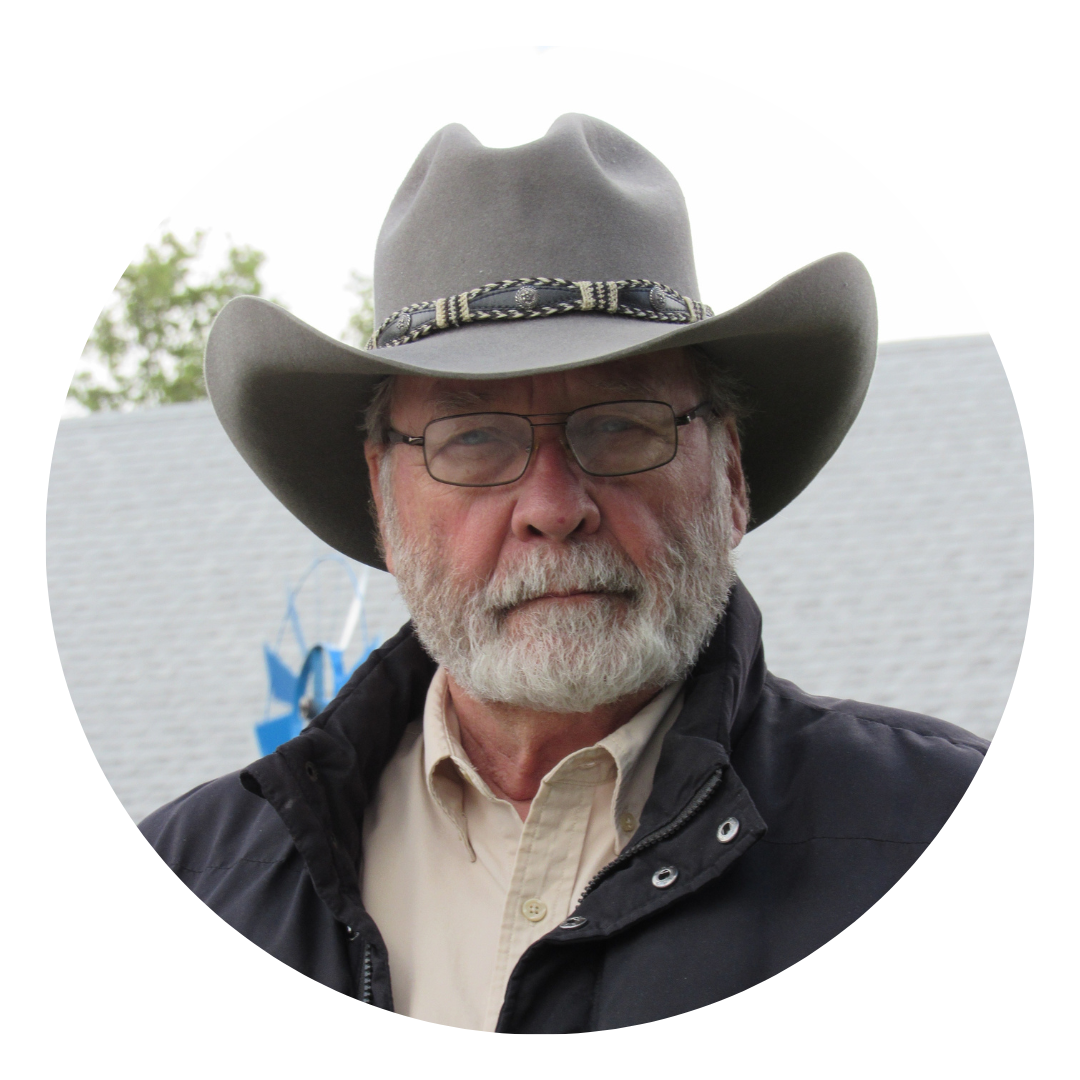 My question is not “what” we remember of historical events and people, but “how” we remember them. There is a sculpture made by Marie Uchytilova that overlooks where a small village in Czechoslovakia used to be. The sculpture is comprised of 82 bronze statues of children (42 girls and 40 boys) aged 1 to 16 who were gassed to death in the Chelmo extermination camp in 1942. The sculpture was created so people would remember. The village of Lidice was exterminated in reprisal for the attempted assassination of Reinhard Heydrich, a high-ranking Nazi General who was the Reichsprotektor of Bohemia and Moravia (the area known as Czechoslovakia before Hitler invaded in 1939). Heydrich later died of wounds suffered in the attempt (he might have survived, but he refused to be operated on by non-Germans). The two men involved in the assassination attempt escaped. They had been trained in England and had parachuted into the area as part of an Allied undercover operation. In retaliation for the act, the village of Lidice was chosen as an example of Nazi ferocity and as a demonstration of the loyalty that the Third Reich required, as well as the punishment for disobedience. The whole population of the village (192 men, 60 women, and 88 children) were killed: the men by being stood up against a wall of mattresses (to prevent ricochets) and shooting them; the women by dying in concentration camps where they were forced to work in leather processing, road building, textile and ammunition factories; and the children by a few being given to German families to be “Germanized” while the rest were gassed inside poison gas vans. The village was set on fire and the remains of buildings destroyed by explosives. All the animals in the village – pets and farm animals – were slaughtered. Even people buried in the cemetery were dug up, looted for gold fillings and jewelry, and destroyed. A 100-strong German work party removed all visible remains of the village, re-routed the stream running through it, and blocked the roads in and out. The area was then covered with topsoil and planted with crops. You can read more of the appalling details of the massacre on-line, but my focus is that the extermination of Lidice was used as propaganda by the Third Reich. In short, they bragged about it. They had demonstrated that not only did they have the power to punish a specific group of people, but that they could, in fact, erase the memory of those people – who they were, how they had lived, where they had lived, and even the children who were to inherit those memories. They could “cancel” their existence. I’d like to visit the sculpture. I would like to look into the faces of those children and imagine what happened when someone with power decided to remove a village from history. The Nazis wanted to show dominance and jurisdiction and purpose and irrefutable control. They wanted to show that they, as divinely ordained rulers, could choose to erase people. I’d like to think that Americans have instituted multiple ways (the “how”) of remembering our history. Books, mainly, but with those in hand, our public education system. That is, we have a funded system to tell our children stories about America, formally and informally, and thus convey the values of our nation. We have films and documentaries and pictures and all sorts of media. We have libraries, museums, battlefields, national parks, and other commemorative places where we keep and retell stories of ourselves as a people and as a nation. We have people who are sanctioned to pass our history on: it should be parents but there’s a lack of opportunity, lack of ability, lack of knowledge, lack of tools, and lack of breadth; we make up for it by having teachers at the various levels of our education, but there is little control of the context of how and what history is presented; we have docents and lecturers and guides and other people that give time and effort to repeat our stories; and then there are people who assume more casual roles of passers-of-history, like family. But somebody has to be interested in passing on our history and that’s probably where we are the most vulnerable. We have to be interested in history to make history interesting so that people will remember it, and we have to be informed enough about our history to get it right. In our current political and cultural climate, our society is paying the price for letting go our history lessons. Too many people are out of balance because they don’t know the facts of our nation’s history and certainly not the context of that history in the rest of the world. Readily searching for pieces of history that can be judged as irrelevant or non-applicable, they seek to redesign our history to suit their own needs. They want to create a context that makes themselves seem right and righteous at the same time. Americans need to be strong and confident enough to confront ourselves with honesty, to understand who we are and who we were, good and bad and usually both, and to stop looking for facts that we don’t want. If we can see who we were, we can work at becoming who we need to be. I learned a lot of history in the writing of Teddy’s War, and I was continually surprised by real facts. I’m trying harder to learn more and shout less. If you want to see some of what I learned, go to DonaldWillerton.com and order the book.
0 Comments
Leave a Reply. |
AuthorDon Willerton has been a reader all his life and yearns to write words like the authors he has read. He's working hard at it and invites others to share their experiences. |

 RSS Feed
RSS Feed